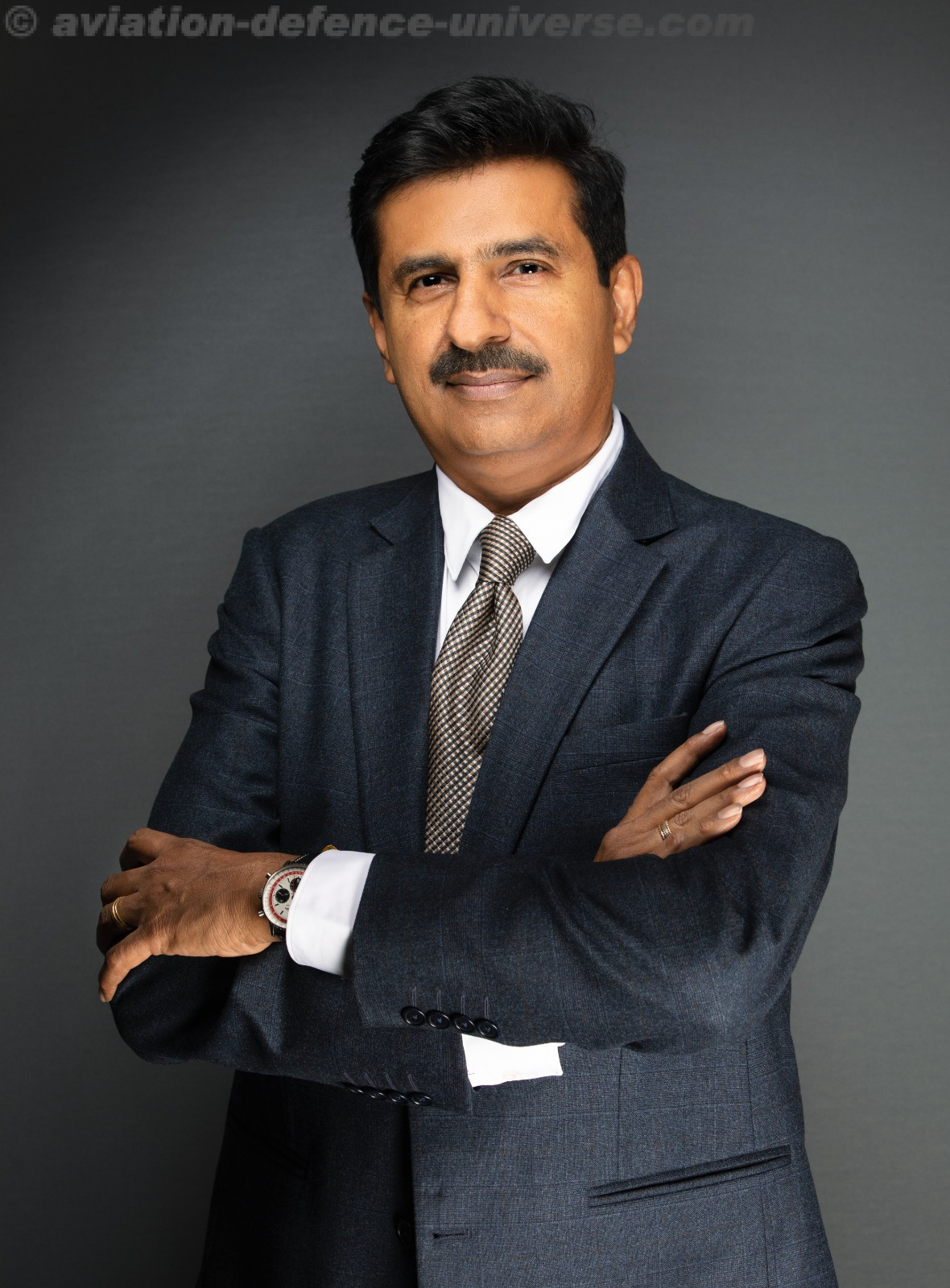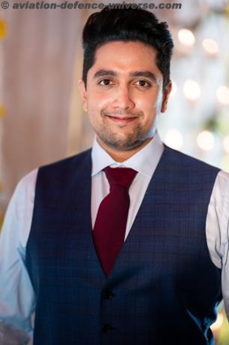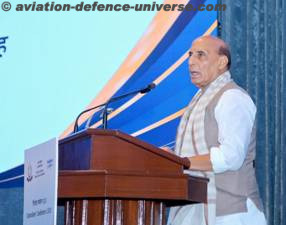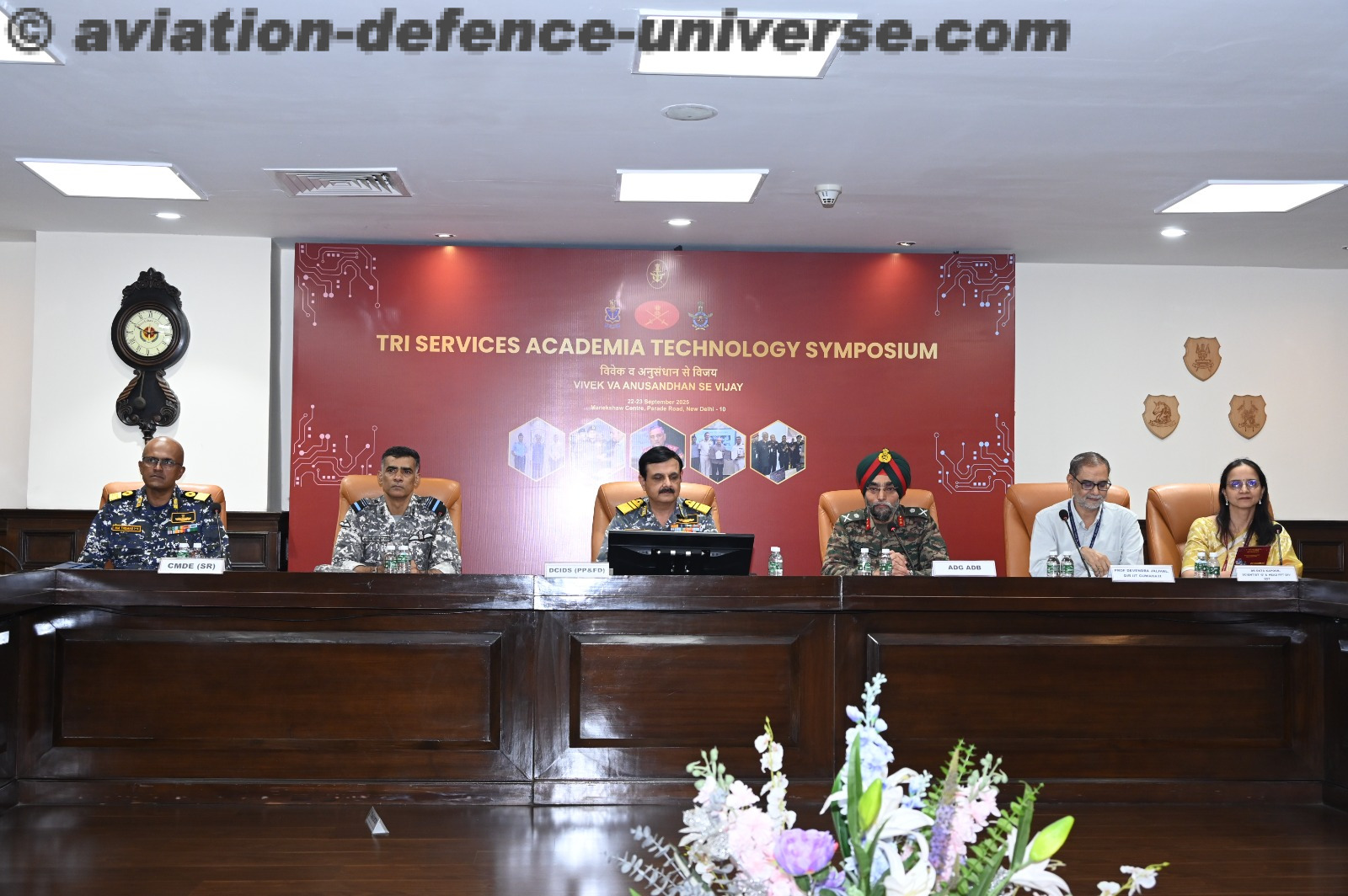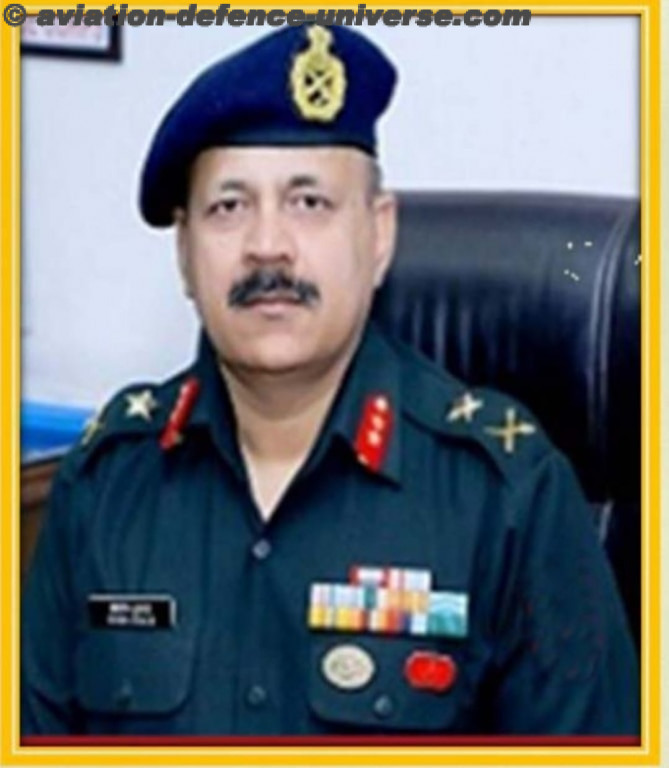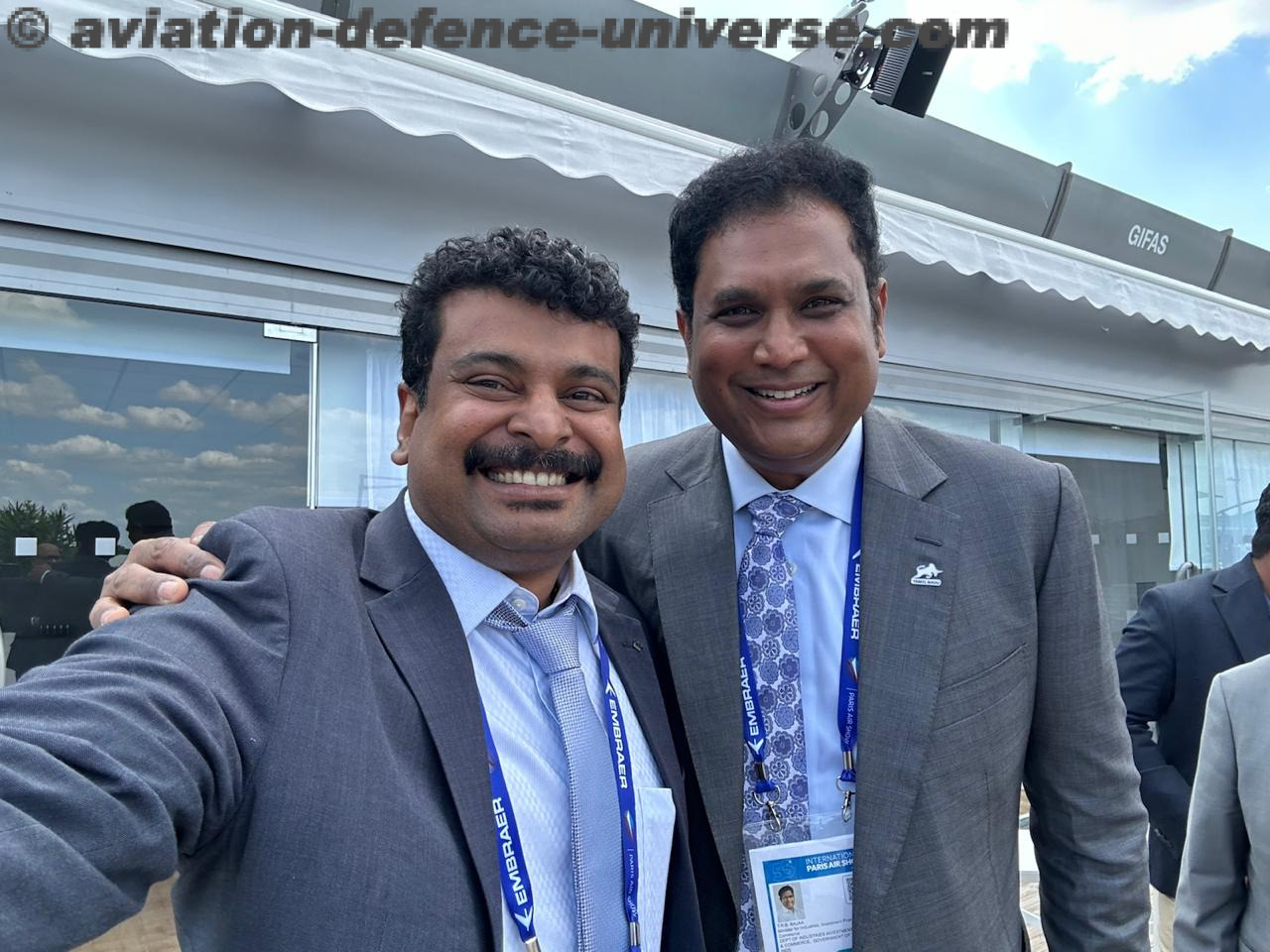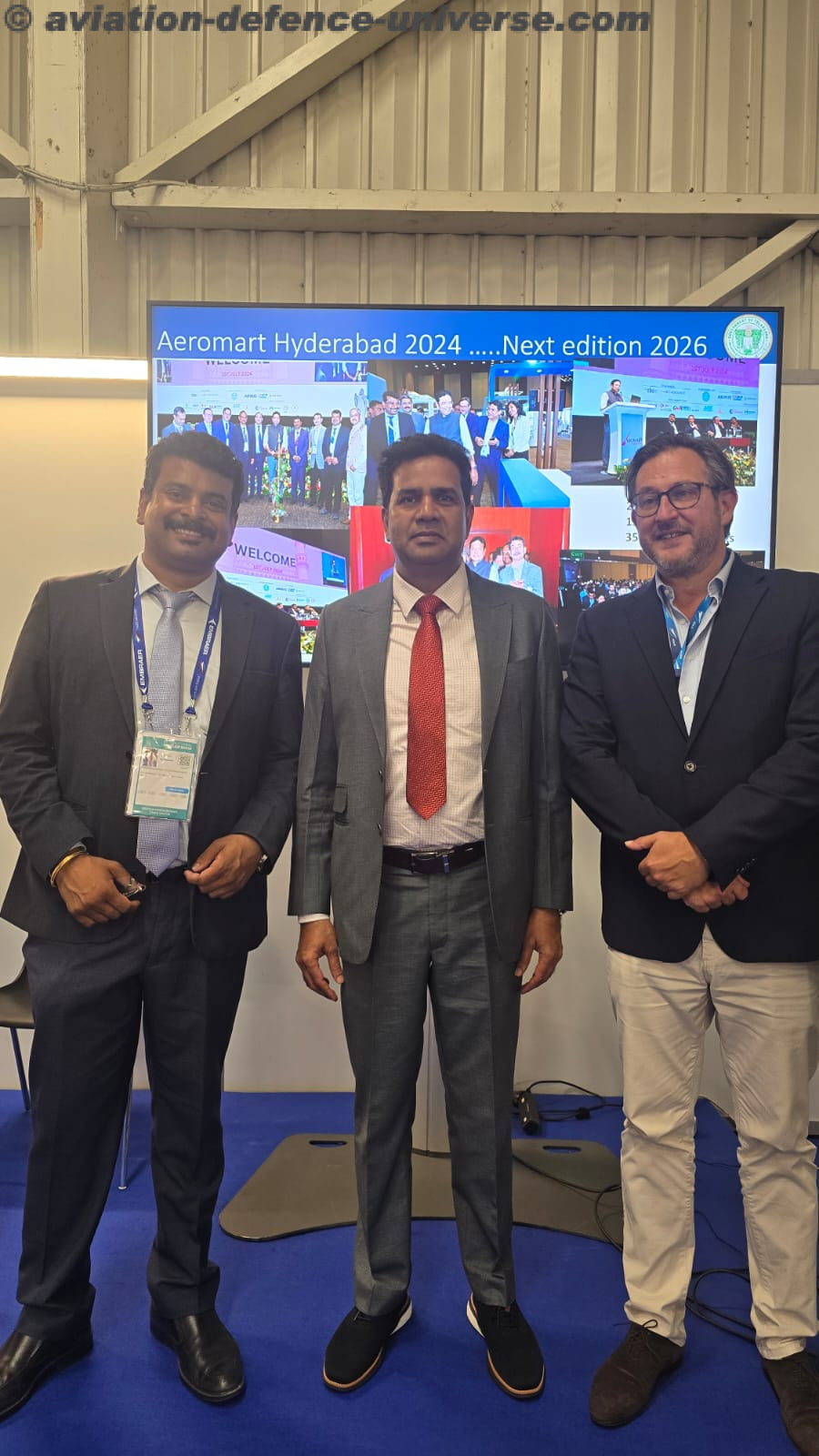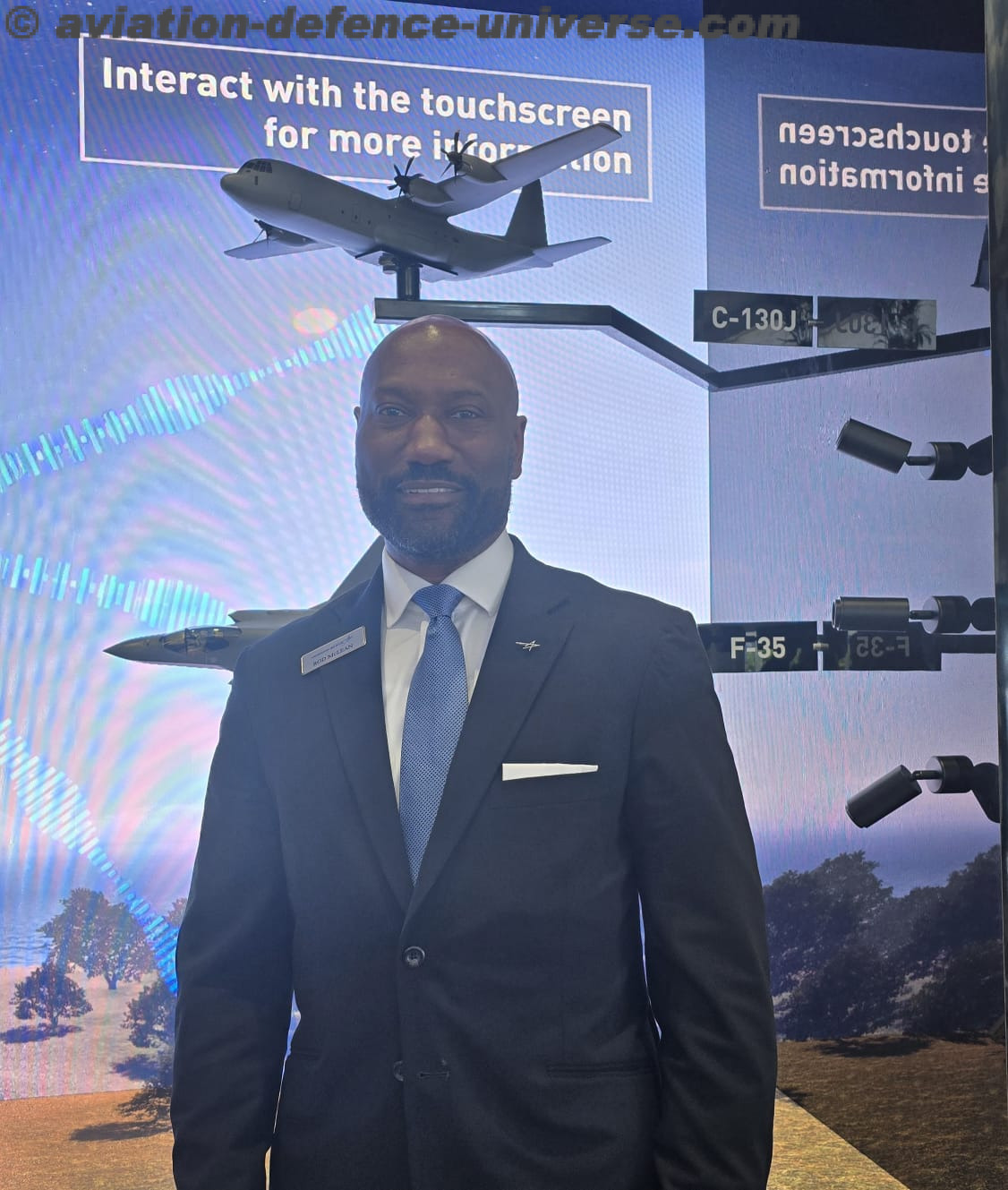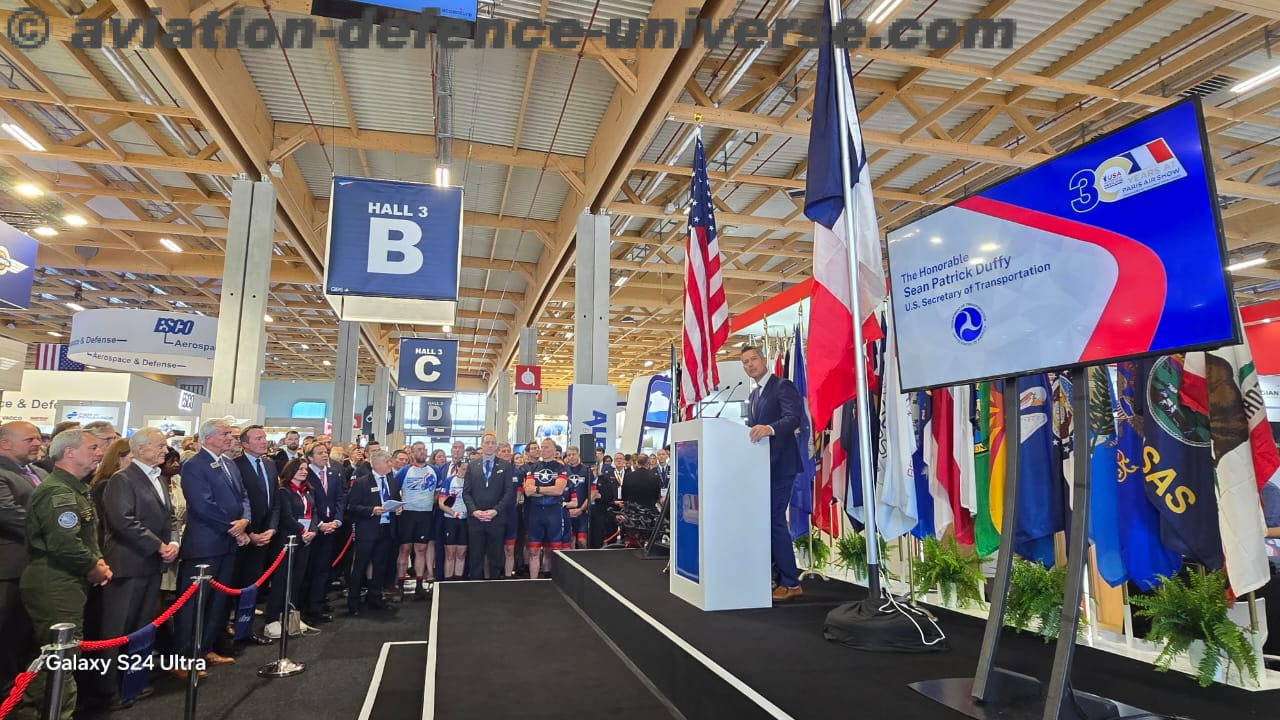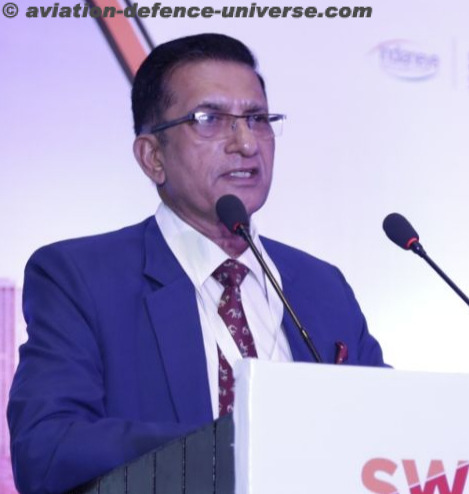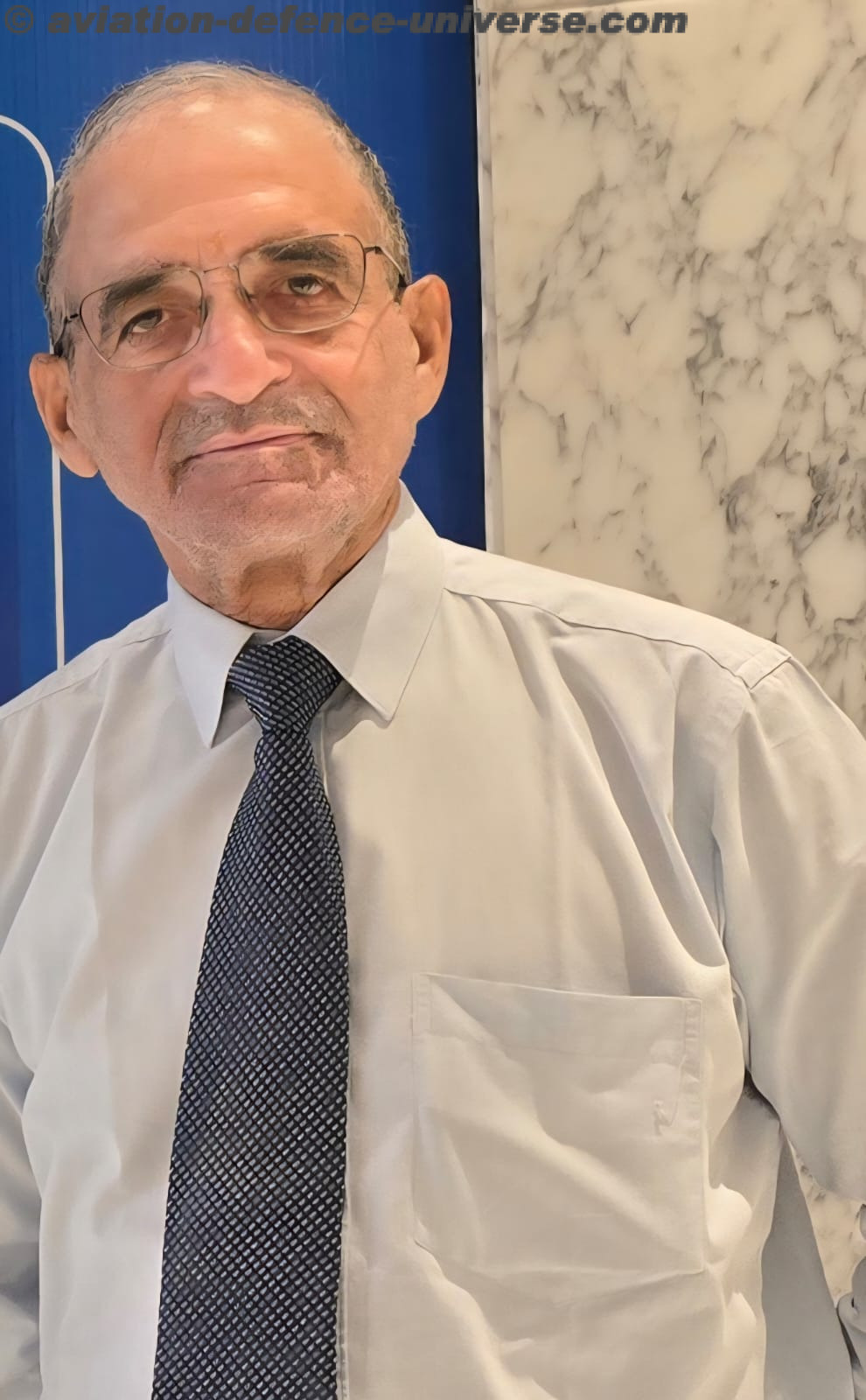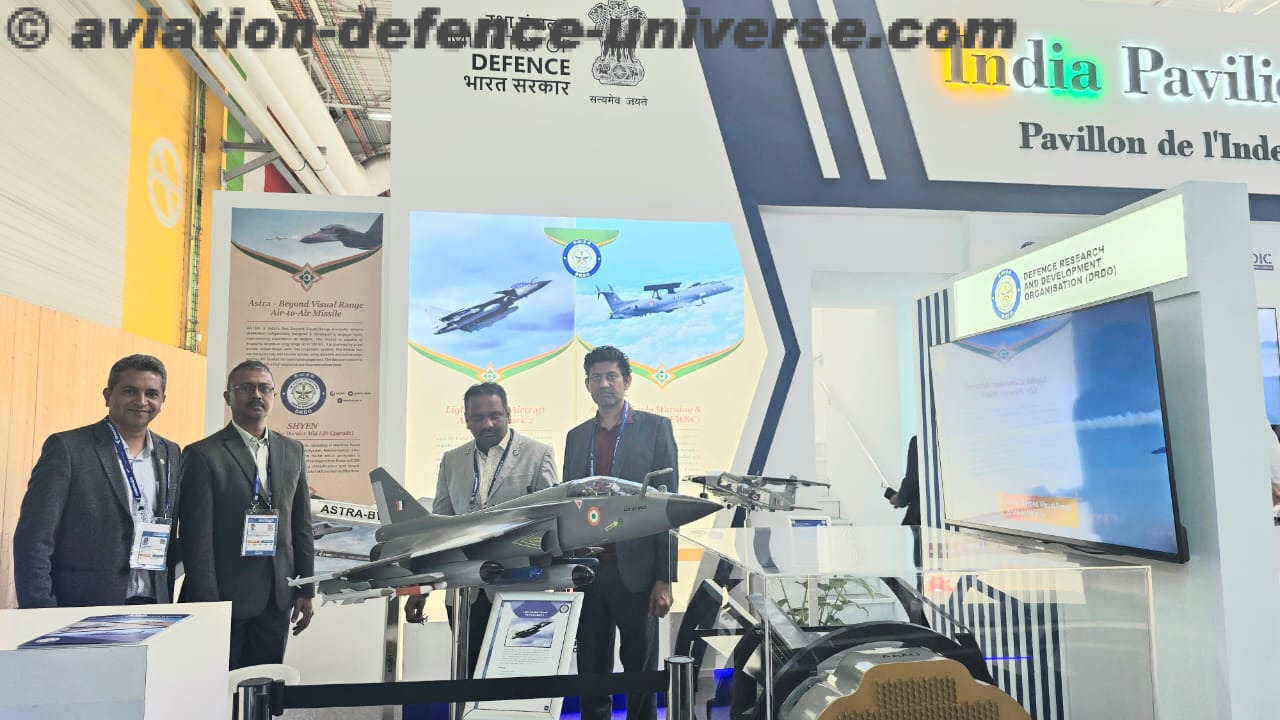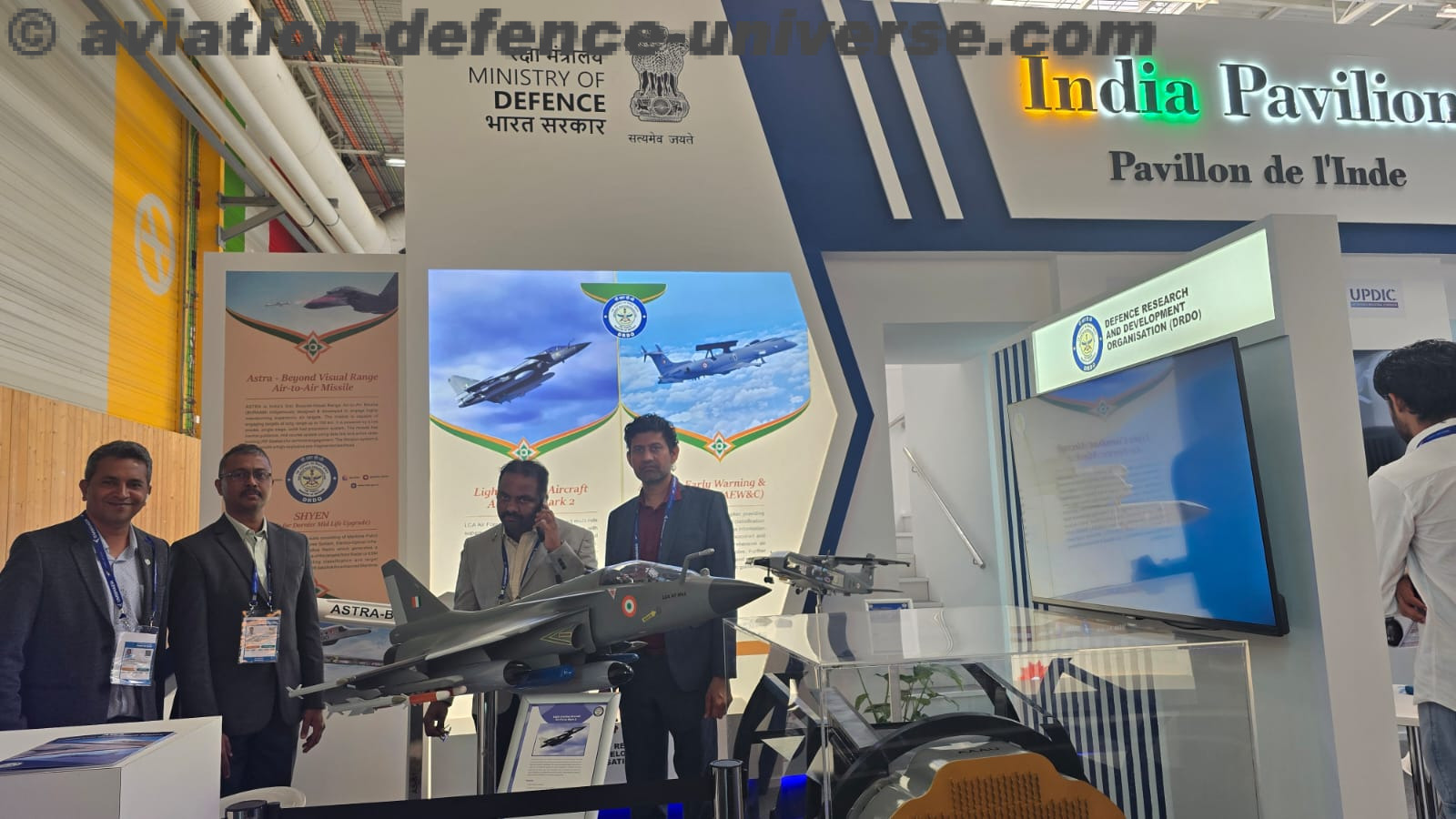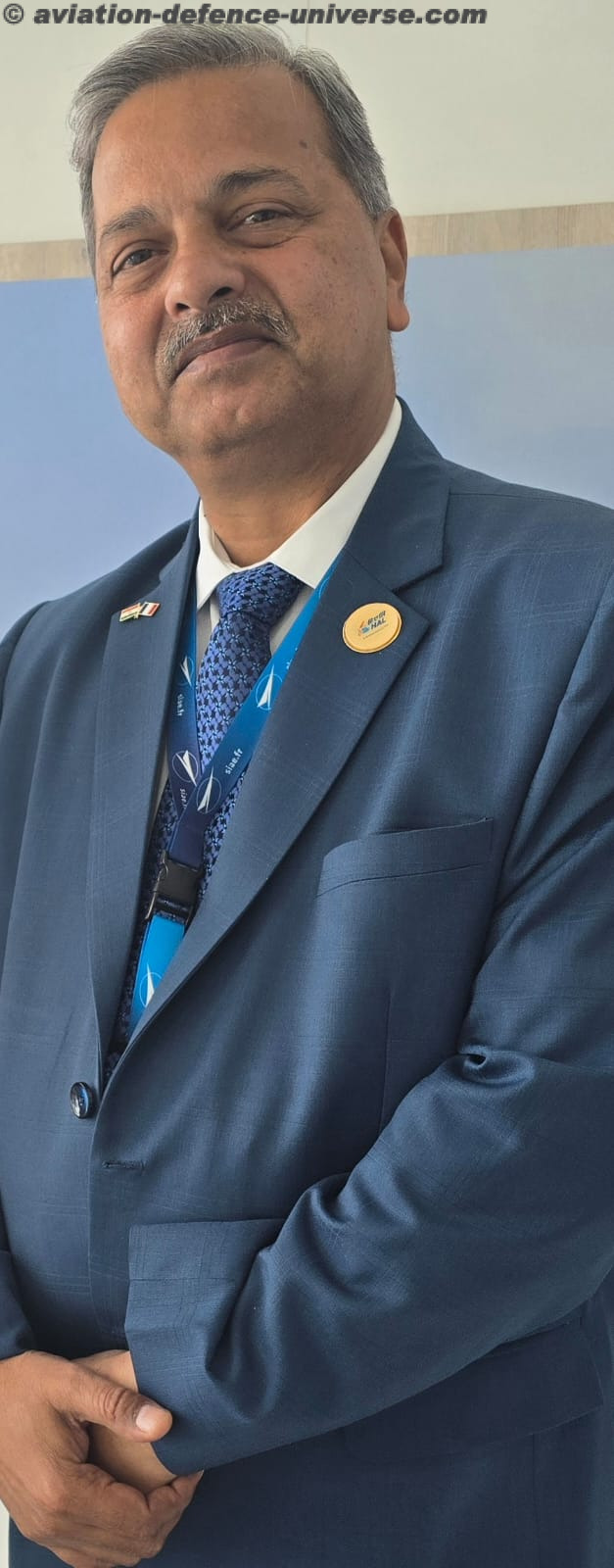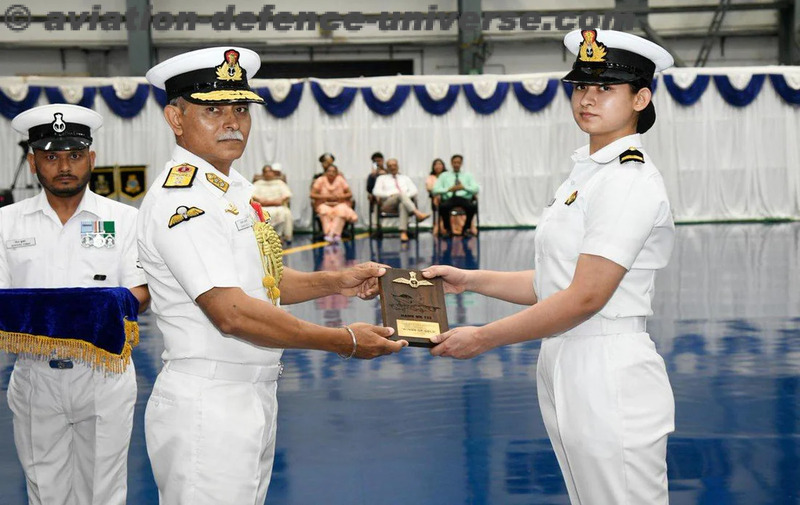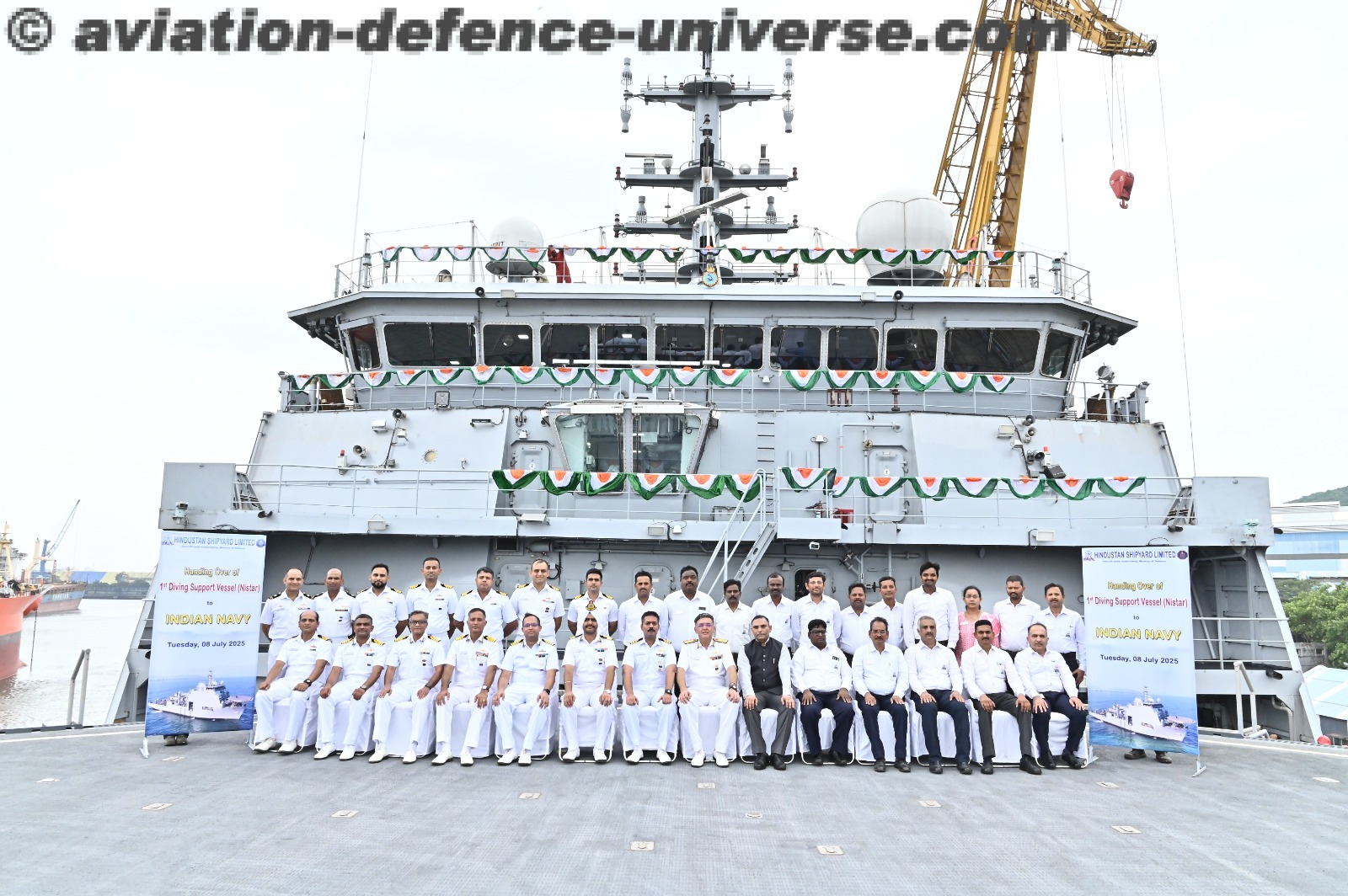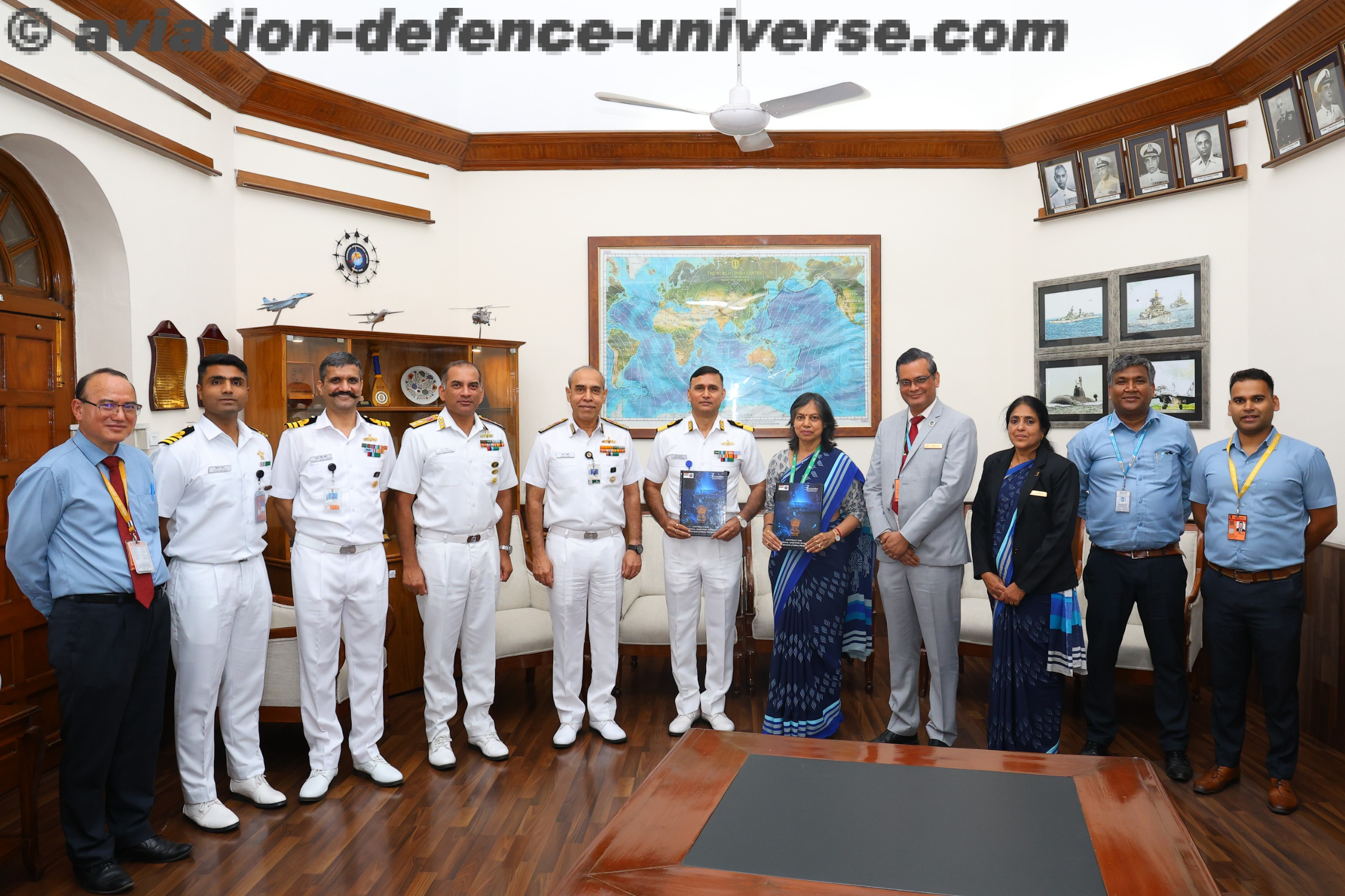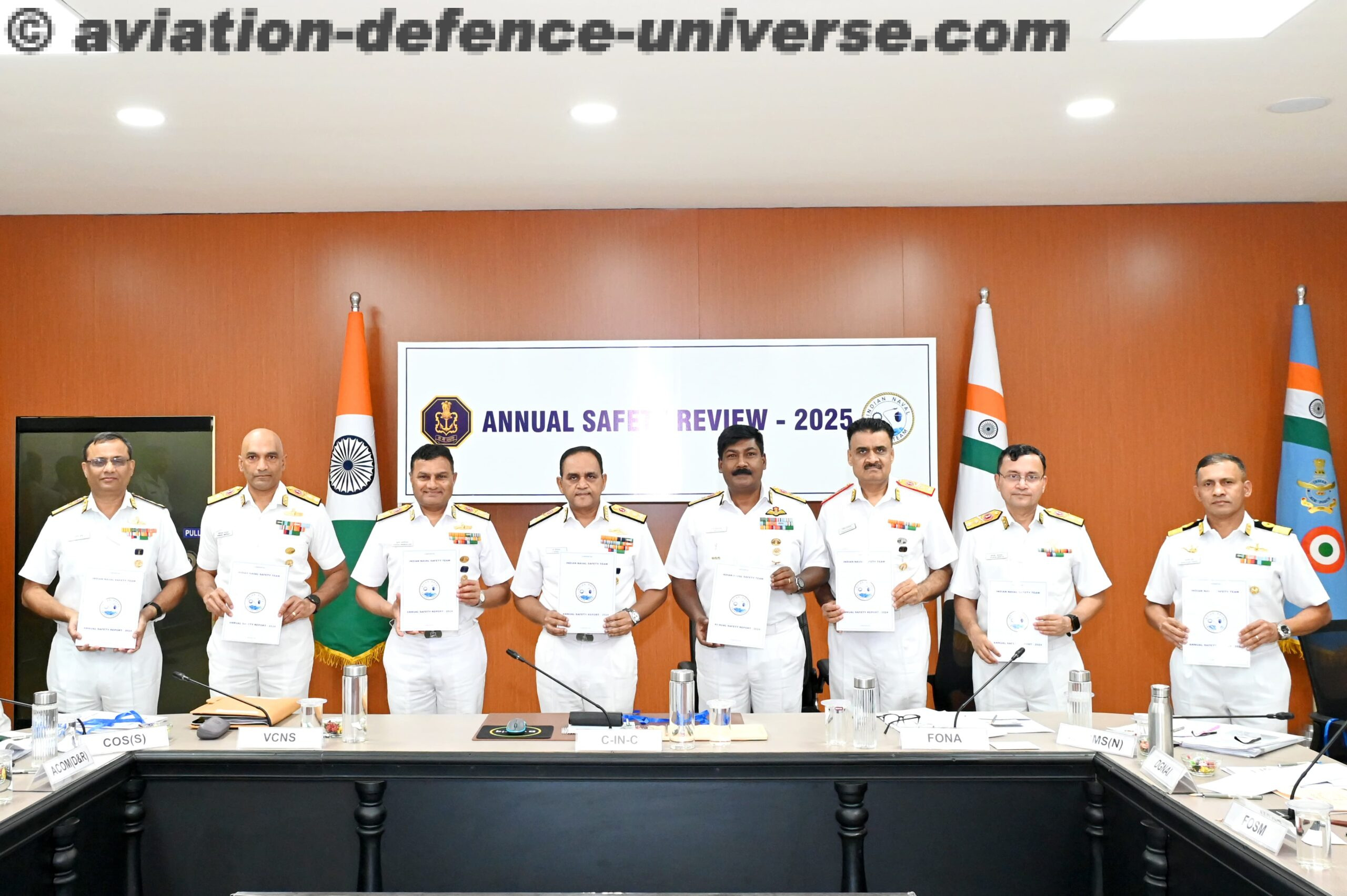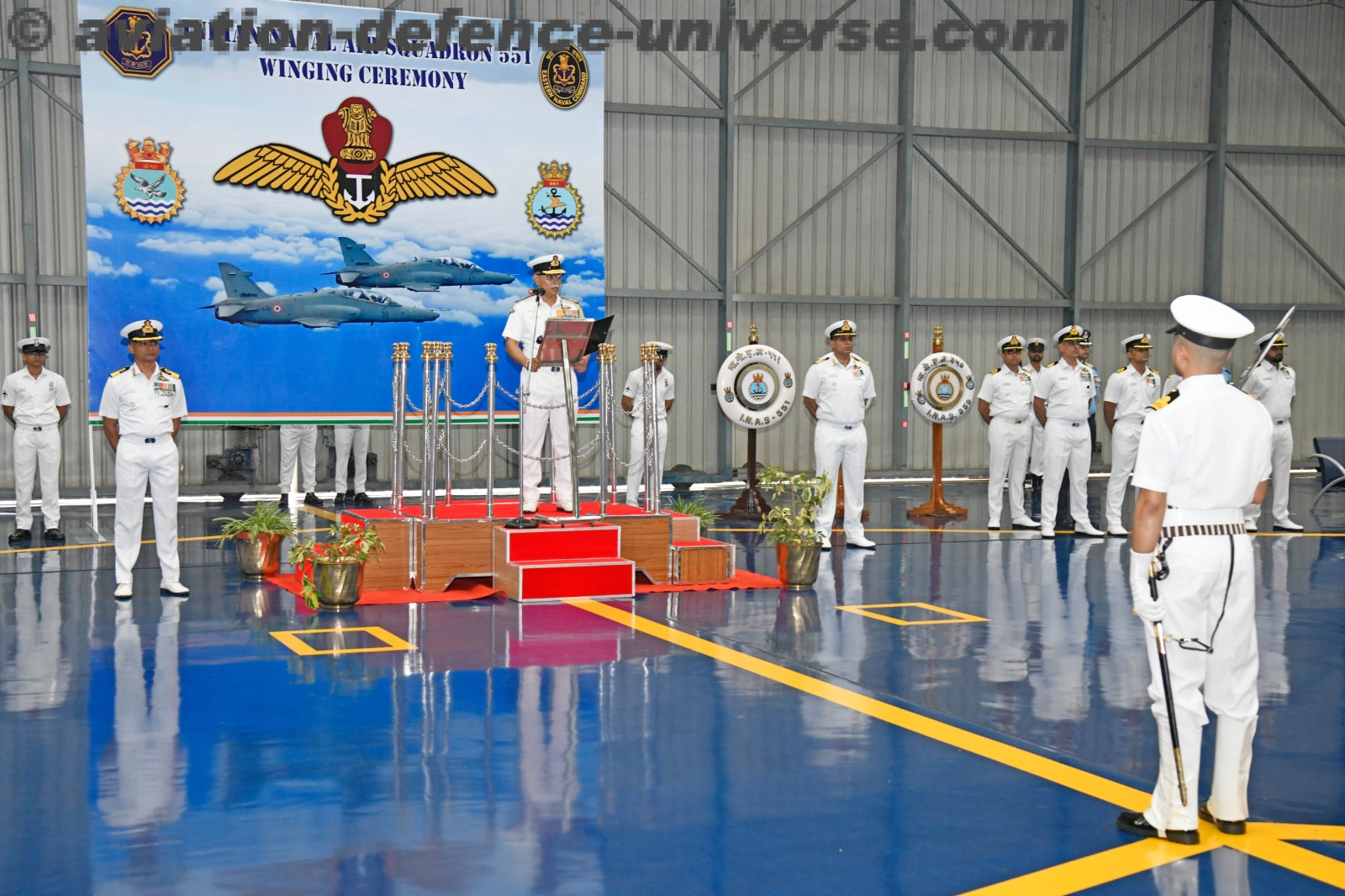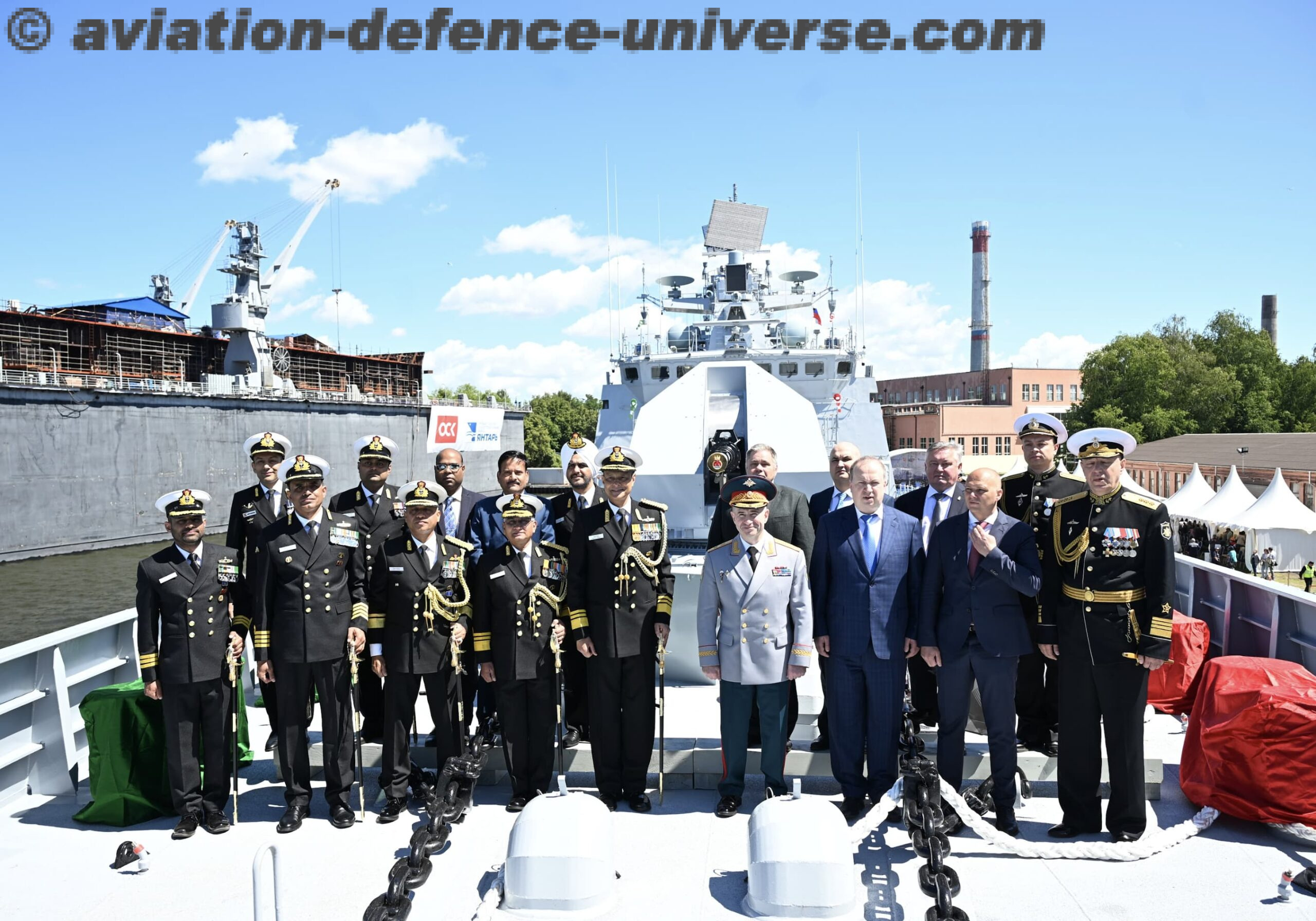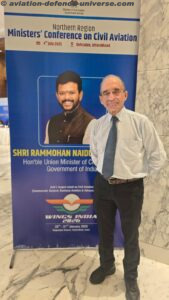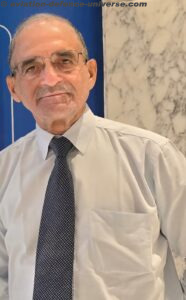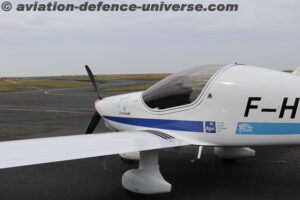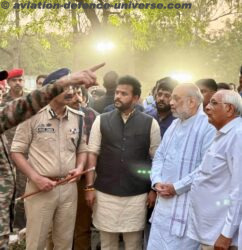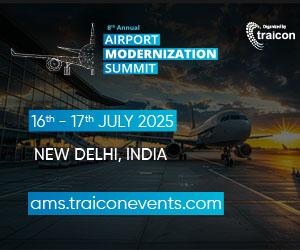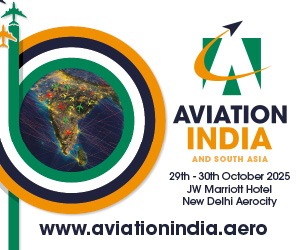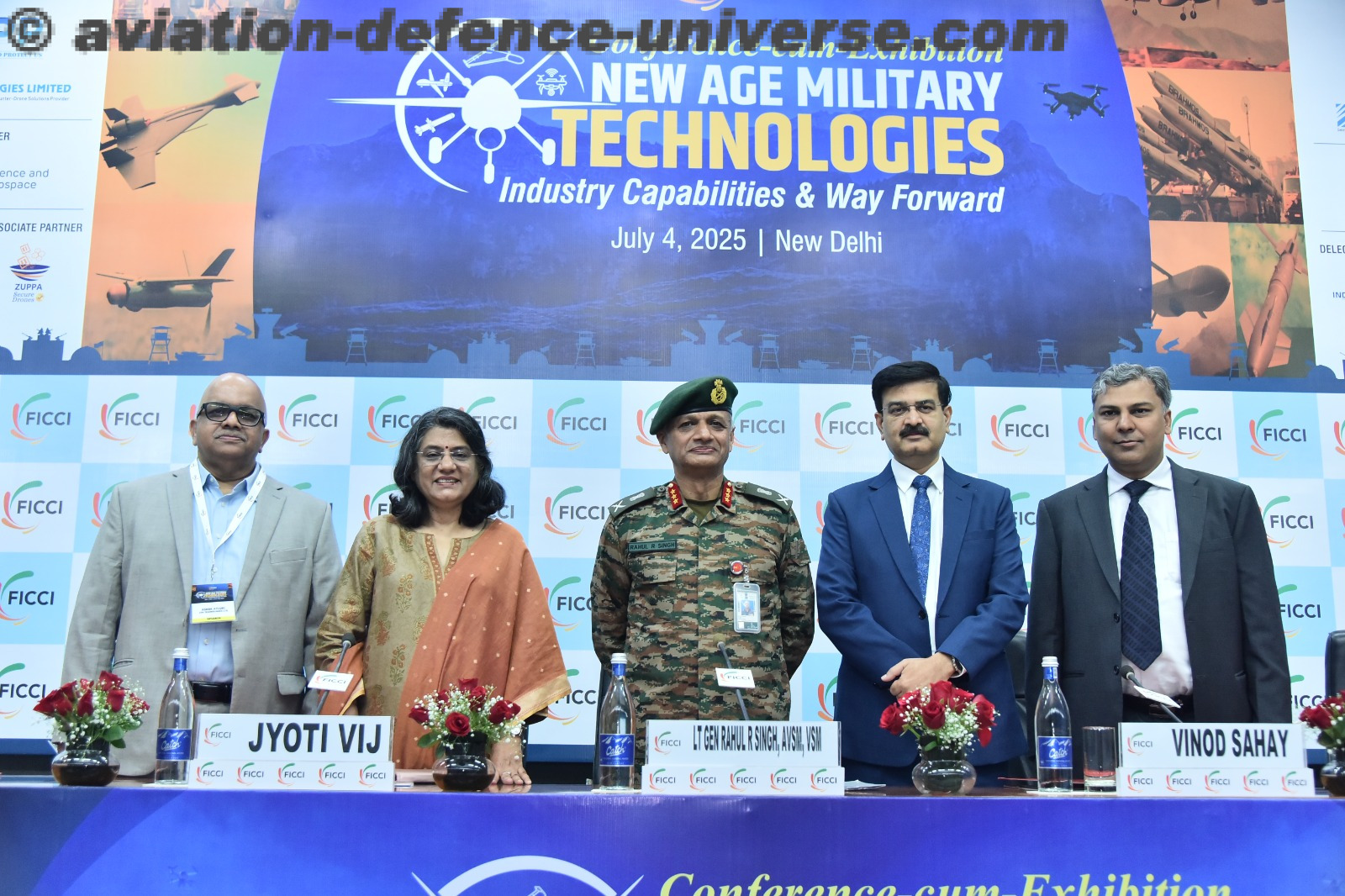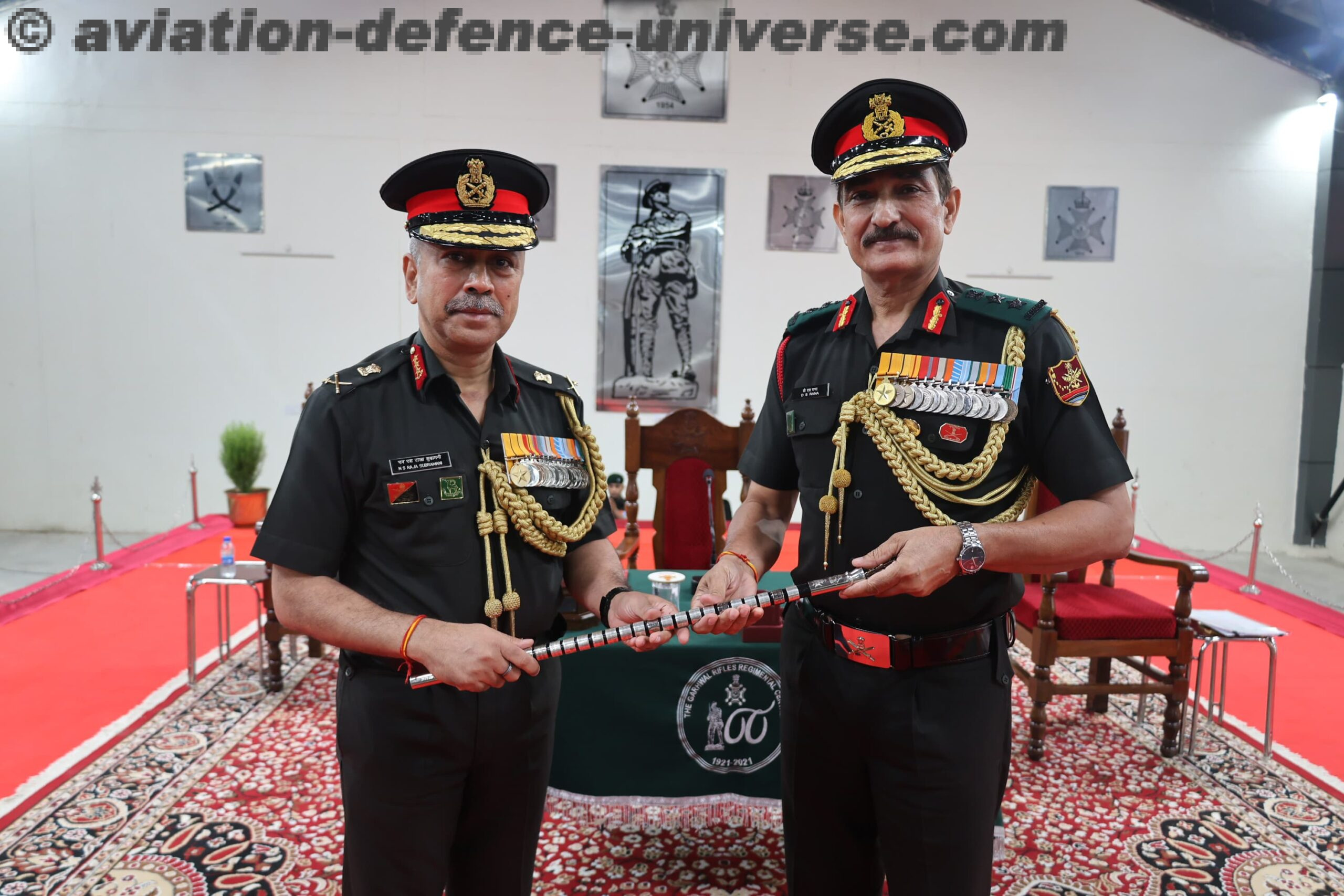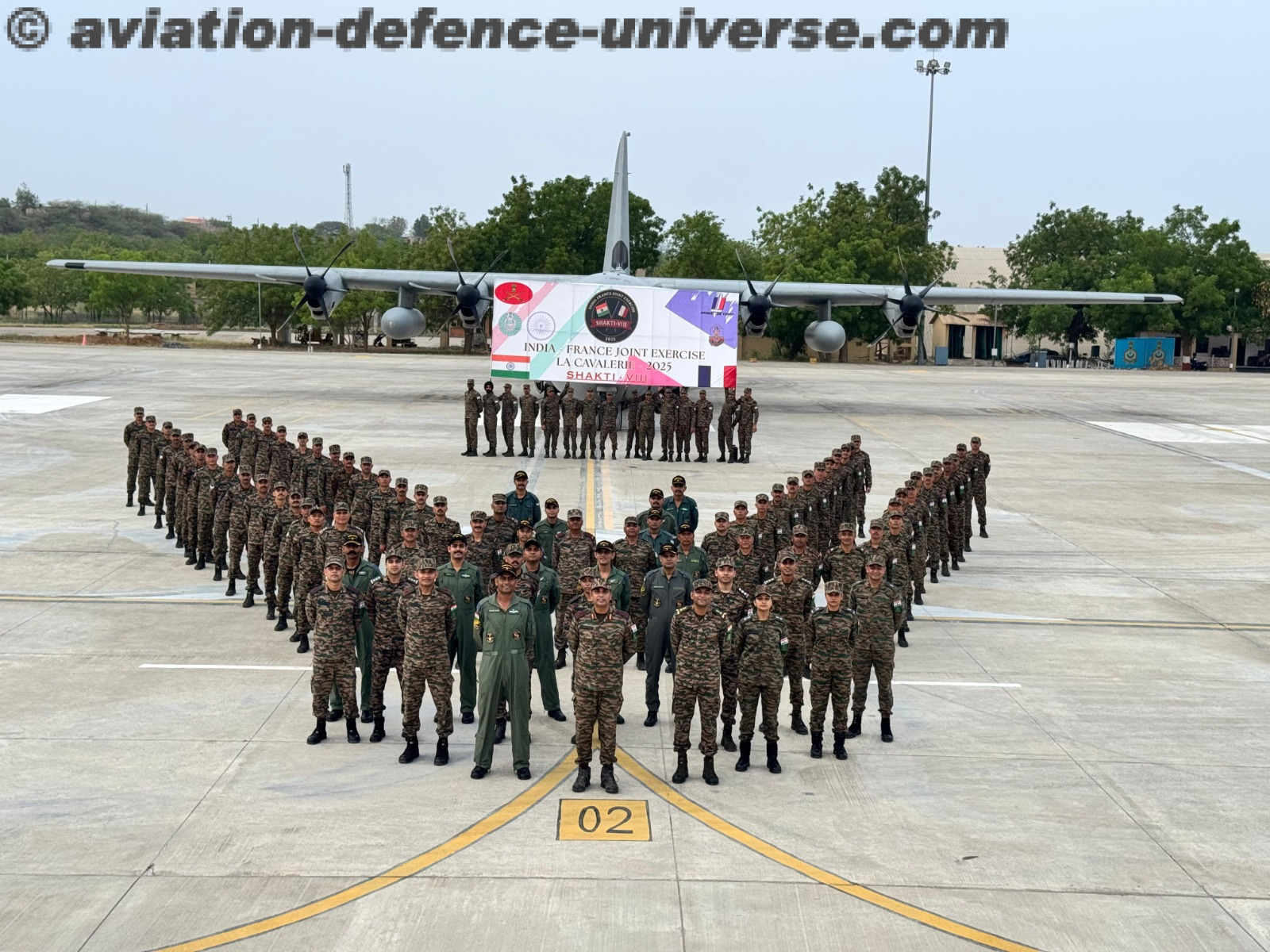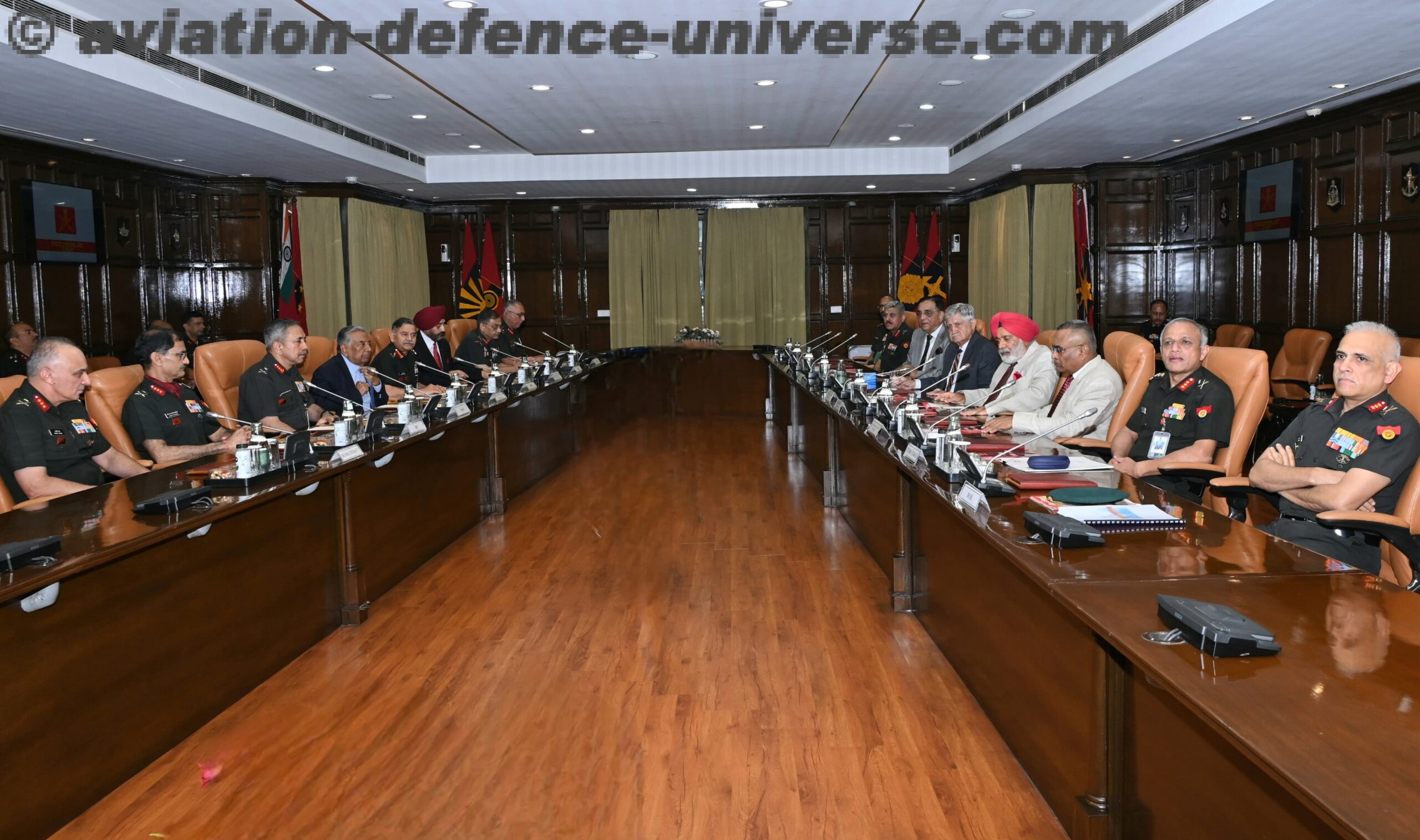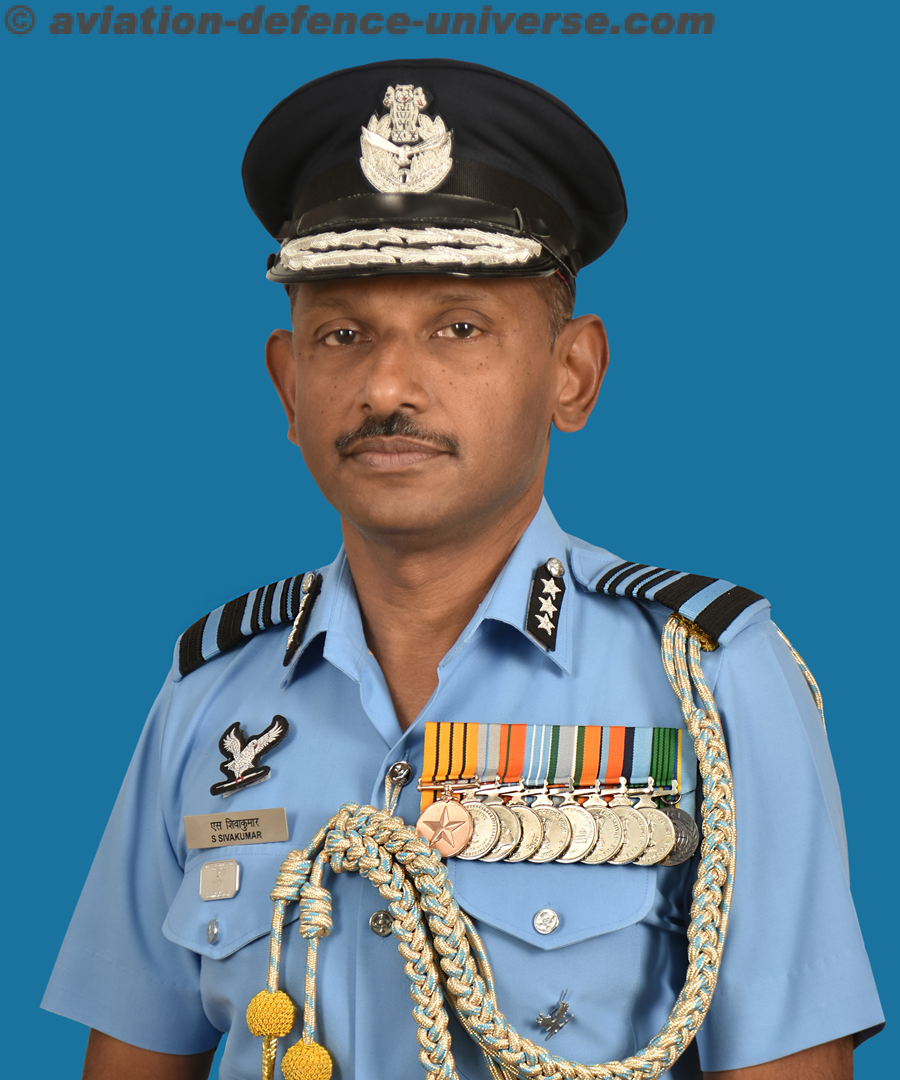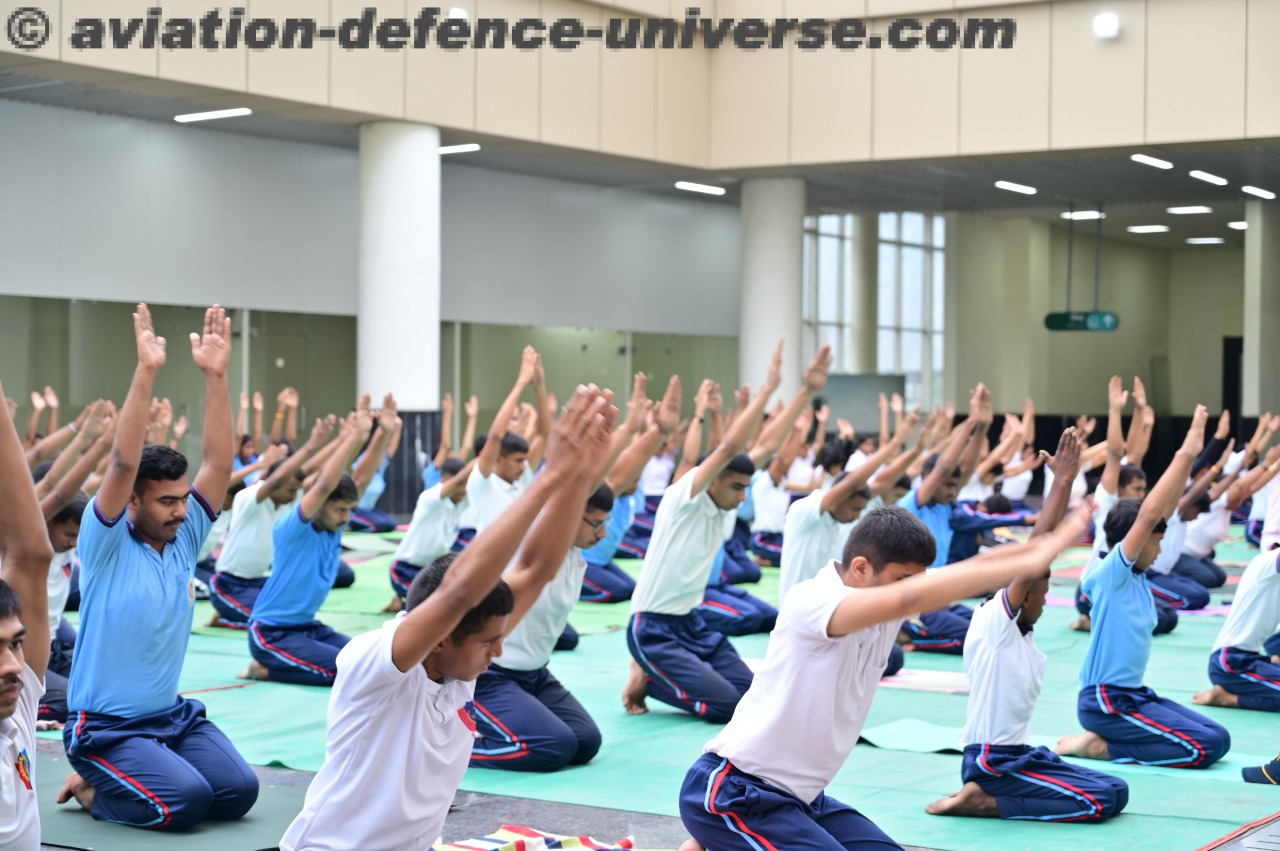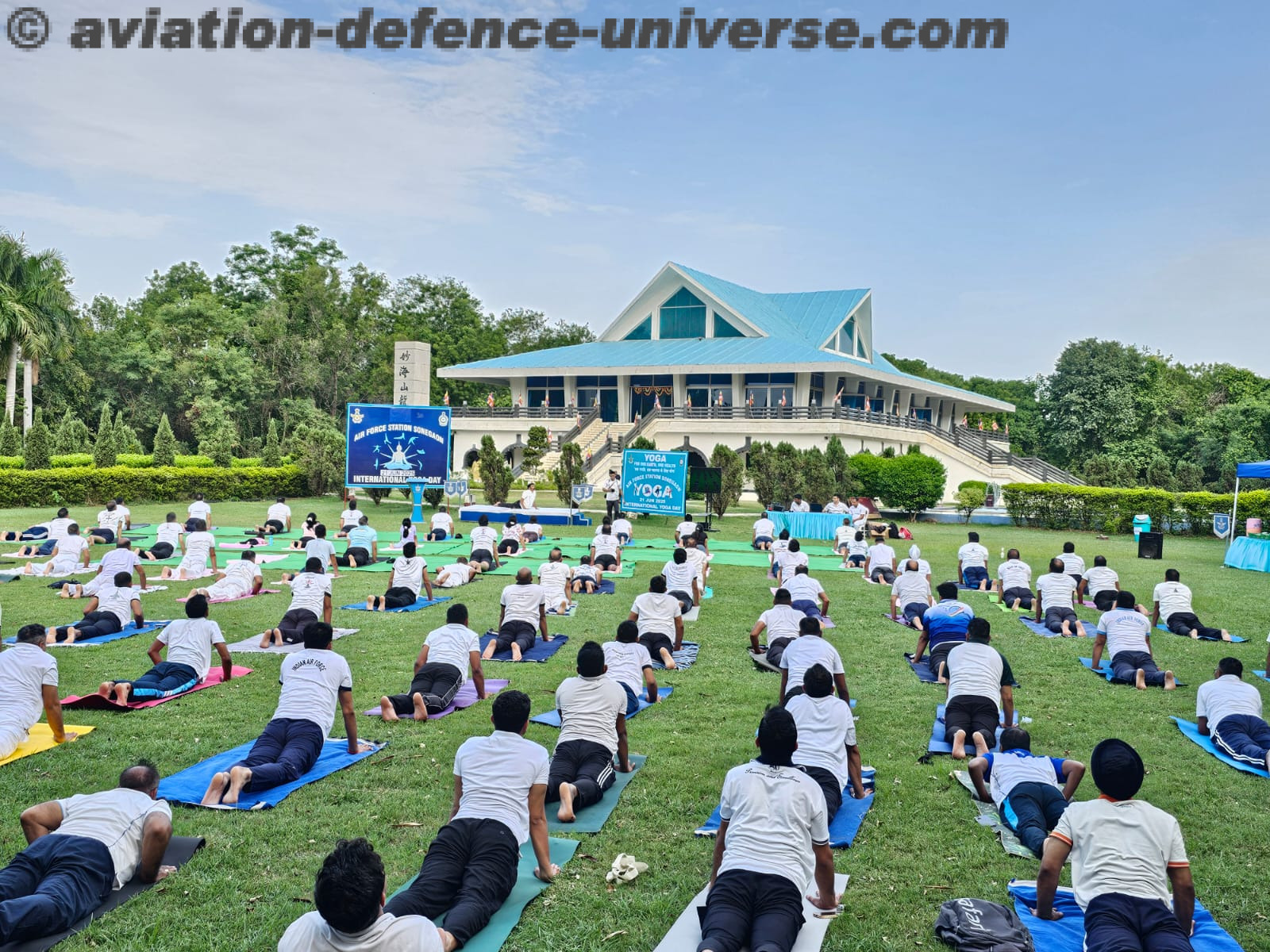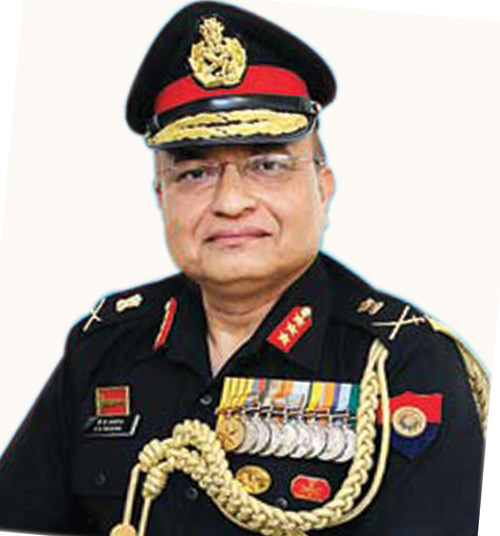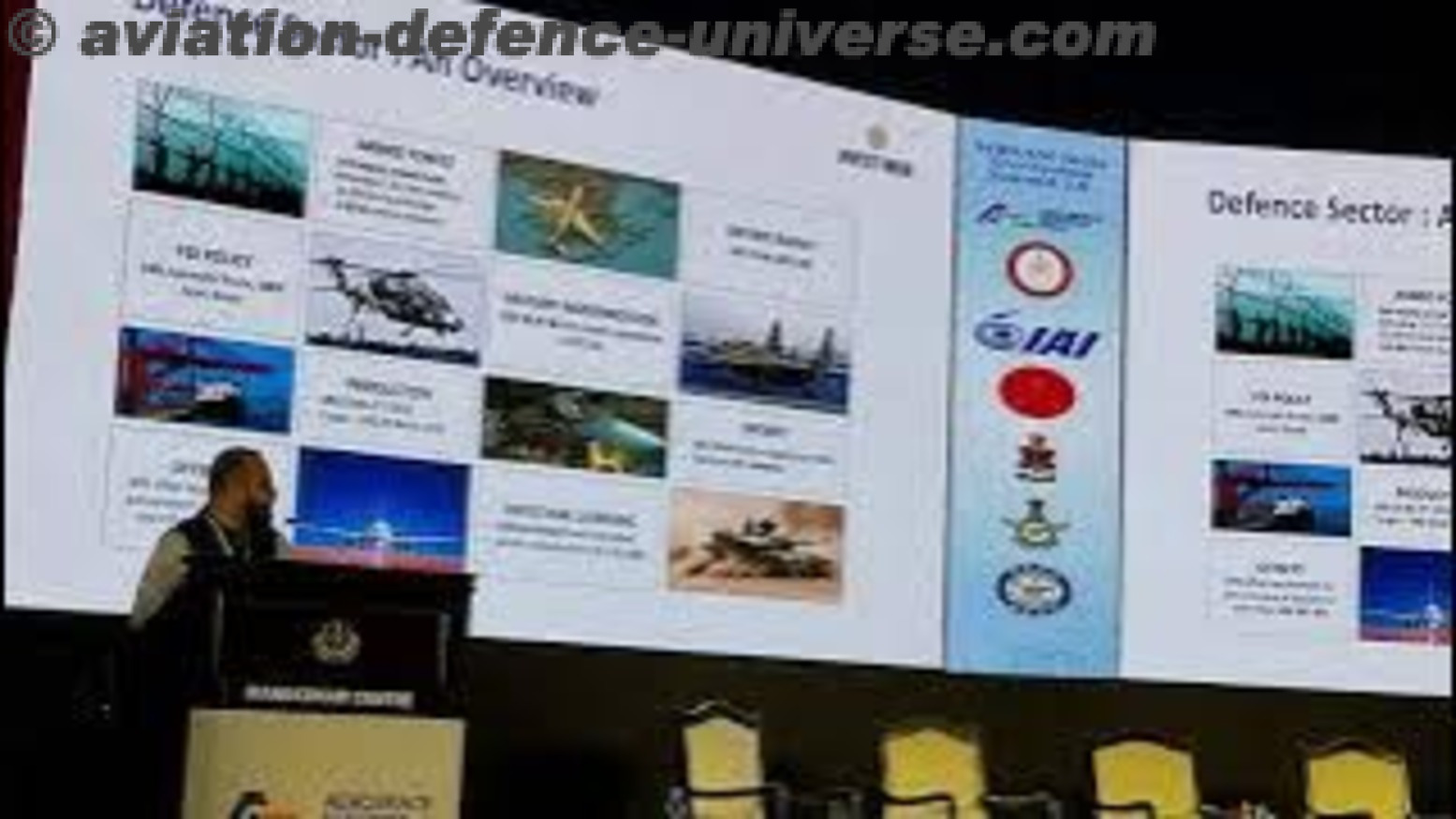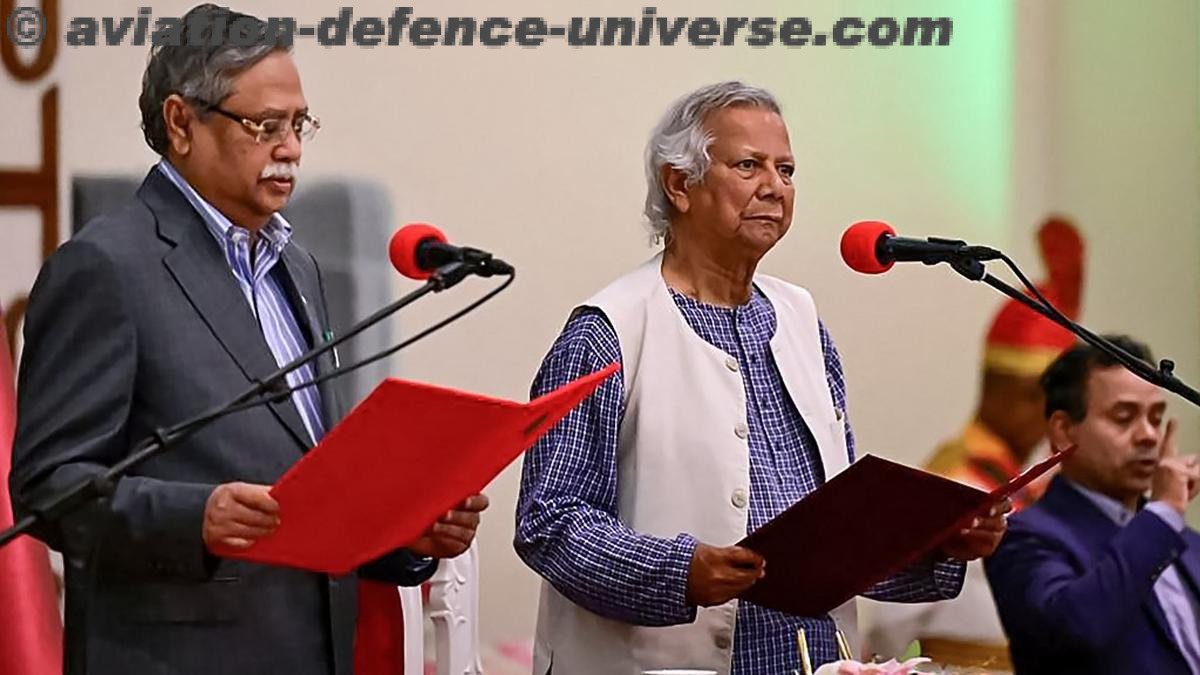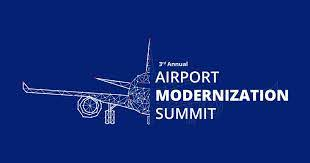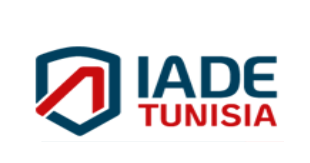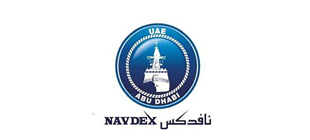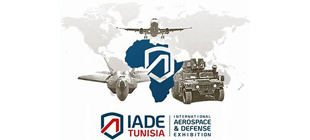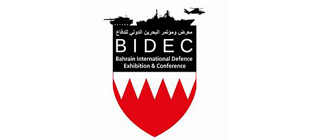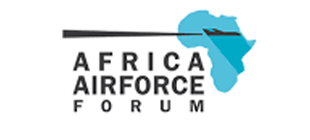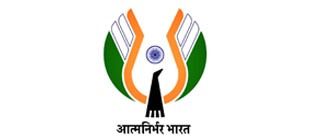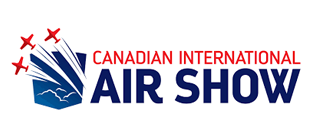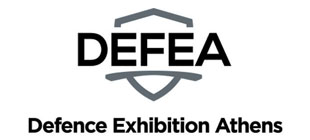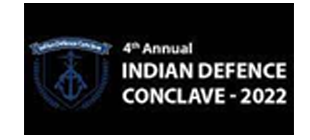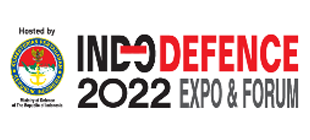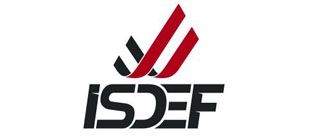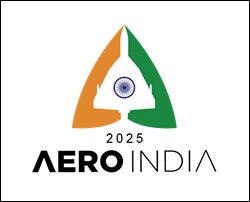- Business Aviation’s Moment Has Arrived in India : Capt. R.K. Bali, MD, BAOA optimistic of the sector’s stride
- Safety and Fractional Ownership Are Top Priorities
By Sangeeta Saxena
Dehradun, Uttarakhand. 04 July 2025. At the Northern States Conclave for Civil Aviation, ADU caught up with Group Captain R.K. Bali (Retd.), Managing Director of the Business Aircraft Operators Association (BAOA), to understand the pulse of India’s business aviation sector. With helicopter operations in hilly regions gaining attention post-Kedarnath incidents and fractional ownership making a comeback in conversations, Gp Capt. Bali discusses opportunities, challenges, and policy engagement shaping the future of business aviation in India.
ADU. Sir, what are your thoughts on the current state of business aviation in India?
Gp. Capt. R K Bali. Thank you for having me. Business aviation in India is poised for tremendous growth. We’re witnessing increased interest from corporate houses and high-net-worth individuals (HNIs) who realise the value of time and seamless connectivity. At BAOA, we’ve been advocating for the creation of a more enabling environment through improved infrastructure, rationalised taxation, and more business-friendly regulations.
ADU. Sir, what brings BAOA to the Northern States Conclave on Civil Aviation?
Gp. Capt. R.K. Bali. This conclave is crucial as many helicopter operators, especially in hilly areas like Uttarakhand and Himachal, are BAOA members. Given the recent incidents in Kedarnath, it became essential to discuss operational safety, policy concerns, and future strategies. States like Himachal and Uttar Pradesh are also now engaging with us to expand air operations, and we see this as a good opportunity to collaborate and contribute.
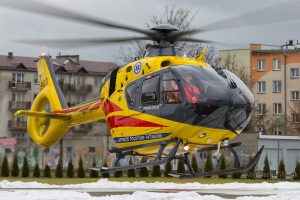 ADU. What role does HEMS play in India’s emergency response system specially in Himalayan states?
ADU. What role does HEMS play in India’s emergency response system specially in Himalayan states?
Gp. Capt. R.K. Bali. Helicopter Emergency Medical Services, or HEMS, are vital to enhancing India’s emergency response capabilities, particularly in regions with difficult terrain like the Himalayas or remote rural areas. They provide rapid medical evacuation, trauma care, and life-saving transport, effectively bridging the critical time gap between the occurrence of injury and the delivery of treatment.
ADU. In what kinds of situations is HEMS most effective?
Gp. Capt. R.K.Bali. HEMS is indispensable during natural disasters, major road accidents, and even during high-traffic pilgrimage seasons such as the Char Dham Yatra, where access to hospitals or trauma centres is limited. These helicopters bring critical care right to the patient, significantly improving survival rates. Here BAOA plays an important role through it’s members who run the helicopter services in the regions effected.
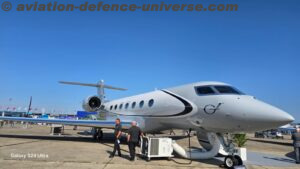 ADU. Were there any significant discussions related to business aviation at the event?
ADU. Were there any significant discussions related to business aviation at the event?
Gp. Capt. R.K. Bali. Yes, helicopters are integral to business aviation. We had discussions on the Char Dham Yatra helicopter operations and new initiatives like the Hisar hub. HEMS (Helicopter Emergency Medical Services), which falls under business aviation, also came up. Such platforms help generate innovative ideas and foster direct engagement with regulators and the Ministry.
ADU. What are the key opportunities BAOA is currently looking at?
Gp. Capt. R.K. Bali. We’ve grown into a recognised voice since our founding in 2011. Today, we’re not just consulted domestically but also internationally. With DGCA forming new committees to revise CARs and Aircraft Rules post the 2024 Aircraft Act, we’re actively contributing to policy updates aligned with future needs. We see it as our contribution towards the vision of ‘Viksit Bharat 2047’.
Gp. Capt. R.K. Bali. Safety is our biggest challenge. Recent accidents in Ahmedabad and Kedarnath highlight this. From pilots to ground staff to regulators—every stakeholder needs to prioritise safety. Another challenge is awareness. Many state-level bodies lack aviation sensitivity, and we aim to work with them to instill a safety-first culture.
ADU. What are the missing points in general aviation as an ecosystem?
Gp. Capt. R K Bali. The lack of dedicated infrastructure continues to be the primary hurdle—especially the shortage of smaller airports and Fixed Base Operators (FBOs). In addition, import duties and GST policies make aircraft ownership prohibitively expensive. We’re actively engaging with the government to address these challenges and create a sustainable ecosystem for business aviation.
ADU. How does BAOA support its members in navigating these complexities?
Gp. Capt. R K Bali. BAOA serves as the industry’s voice and conduit to policymakers. We regularly engage with the Ministry of Civil Aviation, DGCA, and other authorities to push for reforms. We also offer regulatory guidance, promote best practices, and conduct safety and skill development programmes to elevate operational standards across the board.
ADU. What’s the status of leasing and financing in business aviation?
Gp. Capt. R.K. Bali. It’s still nascent. Indian banks largely understand airlines, not business aviation. Some operators spend months explaining their business to agencies like SIDBI. We are exploring fractional ownership models to reduce reliance on external financing.
ADU. But fractional ownership has struggled in India, hasn’t it?
Gp. Capt. R.K. Bali. That was due to timing. We weren’t ready then. But with India now among the top 3 fastest-growing HNI populations, the timing is right. There’s strong demand for long-range jets from Indian businesses expanding globally, making fractional ownership more viable today.
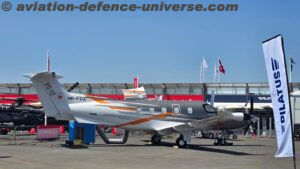 ADU. Do you see government attitude towards general aviation changing?
ADU. Do you see government attitude towards general aviation changing?
Gp. Capt. R.K. Bali. Absolutely. Demand is rising, and so is government responsiveness. From Udaan to the current DGCA leadership, we’re seeing real engagement. It’s a testing time, yes, but also a great opportunity to co-create a robust regulatory environment.
ADU. Any upcoming global engagements?
Gp. Capt. R.K. Bali. Yes, I’ll be representing Indian business aviation at the ICAO General Assembly in Montreal. We’ll be contributing to global dialogues on sustainability, SAF (Sustainable Aviation Fuel), and safe ground handling. It’s a platform to both learn and share best practices.
 In a candid conversation, Gp. Capt. Bali reaffirmed BAOA’s pivotal role in shaping India’s business aviation future. With regulatory engagement, safety advocacy, and evolving ownership models, BAOA continues to steer the sector toward growth and sustainability. As India’s skies open up for more regional and corporate aviation, BAOA is making sure business aviation is not just airborne—but soaring.
In a candid conversation, Gp. Capt. Bali reaffirmed BAOA’s pivotal role in shaping India’s business aviation future. With regulatory engagement, safety advocacy, and evolving ownership models, BAOA continues to steer the sector toward growth and sustainability. As India’s skies open up for more regional and corporate aviation, BAOA is making sure business aviation is not just airborne—but soaring.
The Business Aircraft Operators Association (BAOA), established in 2011, serves as the unified voice of India’s business aviation sector. From helicopters in pilgrimage circuits to fixed-wing aircraft operated by corporate houses, BAOA advocates for safe, sustainable, and policy-aligned growth. The association represents stakeholders before the government, DGCA, and global forums such as the International Business Aviation Council (IBAC). With India emerging as one of the fastest-growing HNI markets globally, BAOA is also actively exploring fractional ownership and efficient financing models to democratise private air travel.
As told to Sangeeta Saxena




